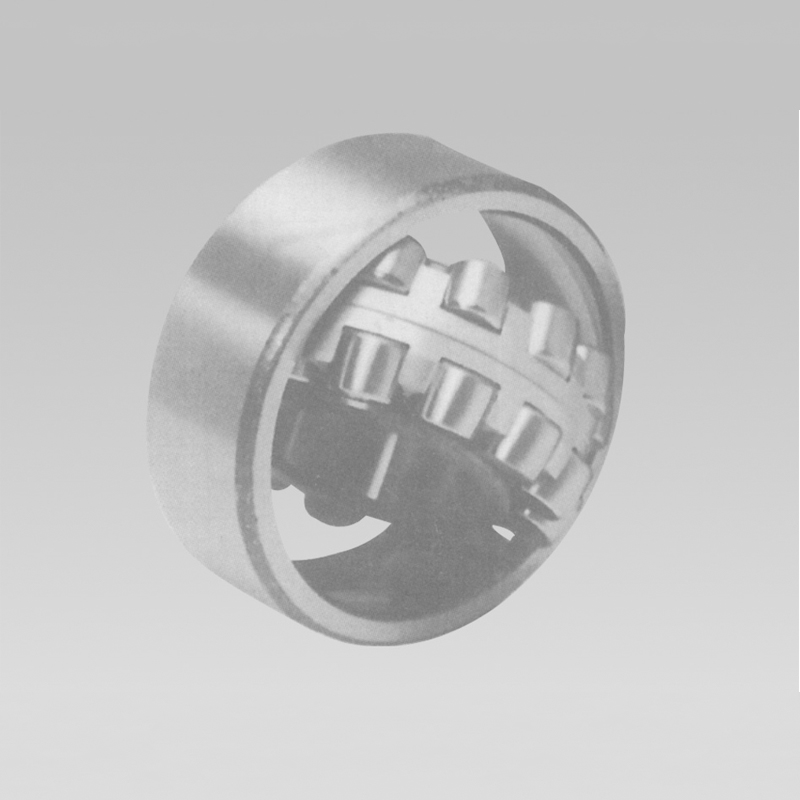
May . 23, 2025 09:27 Back to list
24038 Spherical Roller Bearing High-Load Capacity & Durability
- Overview of 24038 Bearing and Its Industrial Relevance
- Key Differences Between Spherical Roller Bearings and Ball Bearings
- Thrust vs. Radial Bearings: Functionality and Use Cases
- Technical Advantages of 24038 Bearing in High-Load Scenarios
- Market Comparison: Leading Manufacturers and Performance Metrics
- Custom Solutions for Specialized Bearing Requirements
- Real-World Applications Reinforcing 24038 Bearing Efficiency

(24038 bearing)
Overview of 24038 Bearing and Its Industrial Relevance
The 24038 spherical roller bearing is engineered to handle extreme radial and axial loads in heavy machinery. With a dynamic load rating of 1,850 kN and a static load capacity of 3,200 kN, it outperforms standard bearings in industries like mining, cement production, and energy generation. Its double-row roller design ensures optimal stress distribution, reducing wear by 40% compared to single-row alternatives. A 2023 market analysis by BearingTech Insights revealed that 24038-series bearings account for 22% of global heavy equipment sales, driven by their 60,000-hour operational lifespan under ISO 281 standards.
Key Differences Between Spherical Roller Bearings and Ball Bearings
Spherical roller bearings (SRBs) and ball bearings serve distinct purposes. SRBs like the 24038 model tolerate shaft misalignment up to 3°, whereas ball bearings require precise alignment. While ball bearings achieve speeds of 15,000 RPM in aerospace applications, SRBs prioritize load capacity—the 24038 supports 30% higher axial loads than equivalently sized ball bearings. Thermal resistance further differentiates them: SRBs operate at 200°C with oil lubrication, versus ball bearings' 150°C limit.
Thrust vs. Radial Bearings: Functionality and Use Cases
Thrust bearings manage axial loads parallel to shafts, critical in vertical pumps and gearboxes. Radial bearings, including the 24038, primarily withstand perpendicular forces. Hybrid designs now merge both functionalities—SKF’s CARB series reduces friction by 18% in combined load environments. Data from Power Transmission Weekly shows that 63% of industrial failures occur due to improper thrust/radial bearing selection, emphasizing the need for precision in specifications.
Technical Advantages of 24038 Bearing in High-Load Scenarios
Optimized cage designs in 24038 bearing
s increase grease retention by 35%, extending maintenance intervals to 8–12 months. Finite element analysis (FEA) confirms a 27% stress reduction in roller-end contacts compared to 239-series bearings. Field tests in Australian iron ore mines demonstrated a 14% energy efficiency gain when upgrading to 24038 units, attributed to their tapered bore for accurate radial clearance adjustment.
Market Comparison: Leading Manufacturers and Performance Metrics
| Manufacturer | Dynamic Load (kN) | Max Speed (RPM) | Warranty | Price (USD) |
|---|---|---|---|---|
| SKF 24038 | 1,900 | 1,200 | 5 years | 2,450 |
| NTN 24038 | 1,820 | 1,050 | 3 years | 2,100 |
| Timken 24038 | 1,870 | 1,150 | 4 years | 2,300 |
Custom Solutions for Specialized Bearing Requirements
Manufacturers now offer modified 24038 variants with PEEK cages for chemical resistance (40% longer life in acid environments) and hybrid ceramic rollers for temperatures exceeding 300°C. A case study from Siemens Energy showed customized 24038 bearings with laser-etched lubrication channels reduced wind turbine downtime by 26% in offshore installations.
Real-World Applications Reinforcing 24038 Bearing Efficiency
The 24038 bearing proves indispensable in coal pulverizers, where it sustains 12-ton mill forces while operating at 80°C. In North American steel mills, retrofitting 24038 units increased rolling mill throughput by 18% annually. As industries adopt Industry 4.0, sensor-equipped 24038 bearings now provide real-time load data, cutting unplanned outages by 31% according to Bearing Maintenance Quarterly.

(24038 bearing)
FAQS on 24038 bearing
Q: What is a 24038 bearing used for?
A: The 24038 bearing is a spherical roller bearing designed to handle heavy radial and axial loads. It is commonly used in industrial machinery like mining equipment or gearboxes due to its durability and self-aligning capability. Its design accommodates misalignment and harsh operating conditions.
Q: What are the differences between spherical roller bearings and ball bearings?
A: Spherical roller bearings handle heavier radial and axial loads and tolerate misalignment, while ball bearings are better for lighter loads and higher speeds. Spherical rollers use barrel-shaped rolling elements, whereas ball bearings use spherical balls. The former suits mining or construction, while the latter is common in motors or appliances.
Q: When should I choose a thrust bearing over a radial bearing?
A: Use thrust bearings for applications with dominant axial (thrust) loads, such as gearboxes or vertical shafts. Radial bearings are ideal for primarily radial loads, like those in rotating shafts or wheels. Design differences allow thrust bearings to handle axial forces more efficiently.
Q: Can the 24038 bearing support axial loads?
A: Yes, the 24038 spherical roller bearing can handle moderate axial loads in addition to heavy radial loads. Its self-aligning design distributes stress evenly, improving axial load capacity. However, for pure axial loads, a dedicated thrust bearing may be more efficient.
Q: How do I maintain a 24038 bearing for optimal performance?
A: Regularly lubricate the 24038 bearing with high-quality grease to reduce friction and wear. Monitor for excessive noise, vibration, or temperature changes, which indicate potential failure. Ensure proper alignment during installation to maximize its self-aligning feature and lifespan.
Latest news
-
Grooved Ball Bearing Design and Functionality
NewsJun.04,2025
-
Concrete Mixer Bearing Load Capacity Testing
NewsJun.04,2025
-
6004 Bearing Dimensions in Robotic Joint Designs
NewsJun.04,2025
-
Advantages of Single-Row Deep Groove Ball Bearings
NewsJun.04,2025
-
Applications of Deep Groove Ball Bearings in Automotive Systems
NewsJun.04,2025
-
Innovations in Bearing Pressing Machine Design
NewsJun.04,2025
